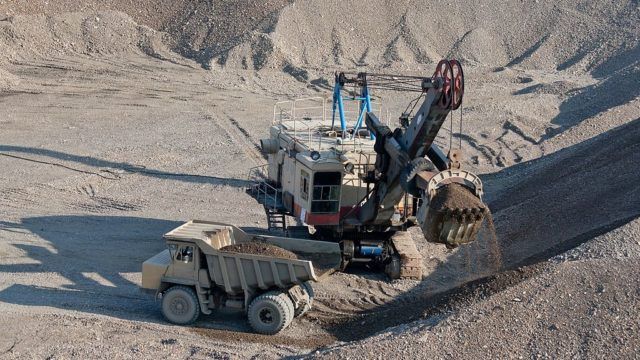China’s ambitious goals to achieve peak carbon emissions by 2030 and carbon neutrality by 2060 will bring with it an appetite for commodities that will offer various investment opportunities.
“We expect a broadly stable macro environment in China, but decarbonisation initiatives should create varied investment opportunities [relating to some commodities],” said Stephen Chang, portfolio manager at Pimco in Asia.
These include coal and base metals in the short term, aluminium and copper in the medium term, and in sectors related to renewable power over the longer term.
Changing old habits
China has a long way to go to achieve its decarbonisation target. The country is currently the world’s largest carbon emitter, contributing nearly 30% of the global total in 2019 – although its per capita CO₂ emissions are only half those of the US. China’s objective to double GDP by 2035 and further increase urbanisation add to the challenge.
“The country will need to aggressively lower its carbon intensity, measured as emissions per unit of GDP, to meet its 2030 peak emissions target,” said Carol Liao, China economist for Pimco.
She believes this will be difficult because energy-intensive and highly polluting manufacturing has driven China’s rapid growth since Beijing joined the World Trade Organization in December 2001. “The country relies heavily on coal, which is more carbon-intensive than most energy sources.”
To achieve carbon neutrality, China will need to rebalance its economy, tighten industrial pollution standards, improve energy efficiency and increase renewable energy capacity,” said Liao.
“Many commodities, including fossil fuels, will remain central to China’s growth in the short to medium term. However, in the medium to long term, we expect fossil fuels to be replaced by cleaner energy sources,” she explained.
A multi-decade story
With this journey in mind, the first set of opportunities amid China’s path to net zero will be in leading players in upstream sectors such as coal, as well as in steel or other base metals that could benefit from surging output prices.
“In the next five to 10 years, demand for coal and other fossil fuels will likely remain supported by China’s growth and associated energy demand,” explained Chang.
Over the medium term, meanwhile, Pimco believes decarbonisation is expected to boost demand for specific commodities. For example, base metals such as aluminium and copper are widely used in renewable energy installation, electrical power grids, electricity storage and manufacturing of hybrid and fully electric automobiles.
“[These are] all areas where China will need to significantly increase capacity,” added Chang. “This should provide some pricing support, offsetting the impact of slowing infrastructure and housing investment.”
Longer-term, however, China’s demand for fossil fuel commodities should diminish as the country switches to clean energy.
While this will be negative for owners of coal and oil assets – with risks relating to the viability of what would typically be considered long-term assets – sectors related to renewable power generation, along with transmission and distribution of electricity, could benefit from government support and the rebalancing of the economy. As a result, attractive opportunities for investors will emerge, added Chang.

















